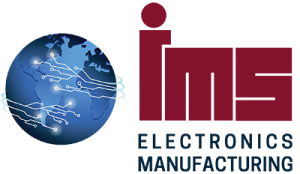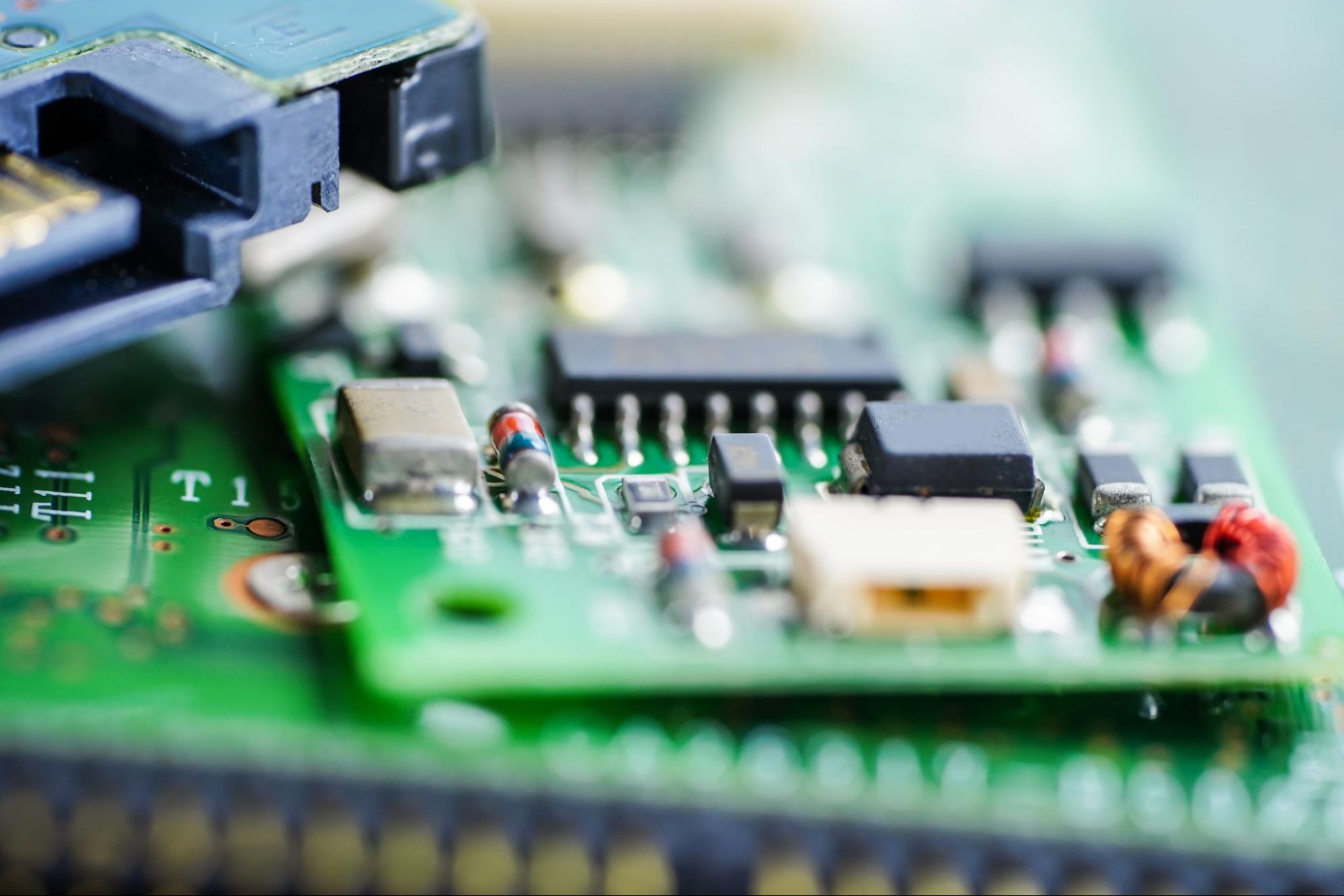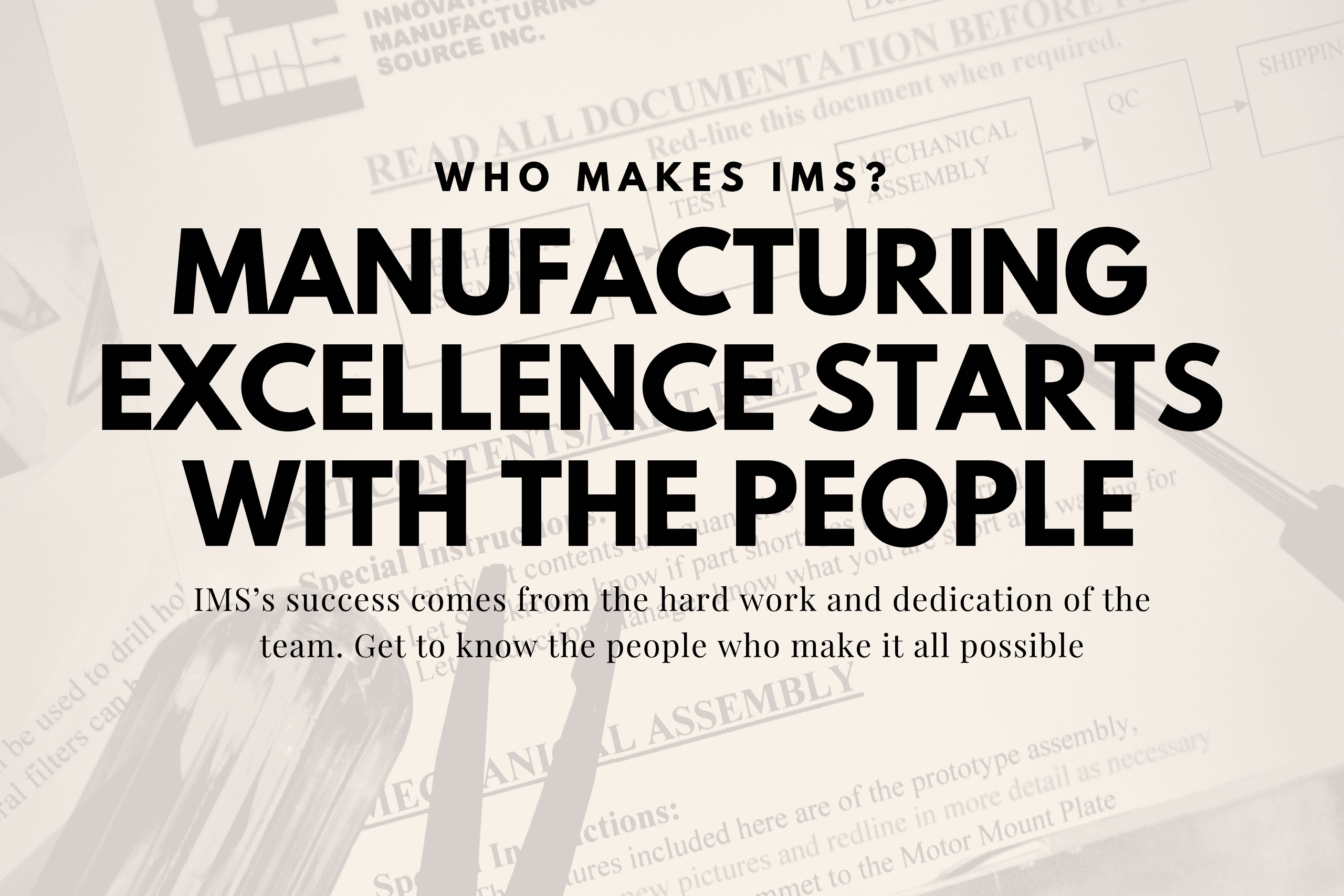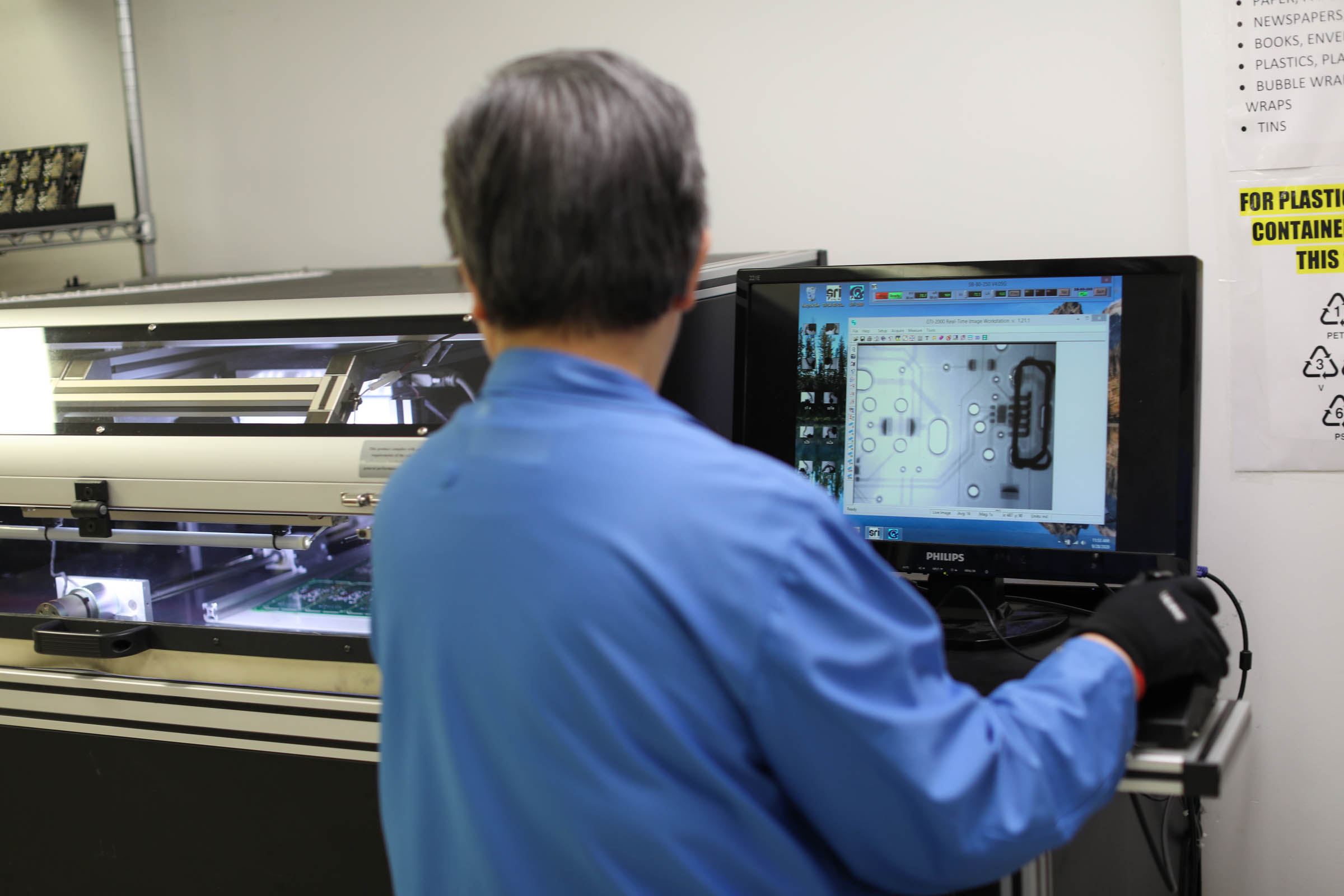Printed circuit boards (PCBs) were invented and patented at the turn of the century (1943) and have been evolving ever since. Present-day iterations hardly resemble their predecessors. These tiny, multilayered systems have a higher efficiency rate, more sophisticated design software and increased complexity of manufacturing processes. As they are the basis of all electronic devices, demand persists and PCBs continue developing, becoming slimmer, faster and more functional. What’s the future of the printed circuit board? What trends are on the horizon? The following are predictions for the future focus of printed circuit boards:
- Board cameras: Designed to take high-resolution, digital pictures/videos, these small electronic devices (the size of a quarter) are mounted directly onto circuit boards and consist of a lens, aperture and image sensor. Future trends involve developing powerful solutions for both industry and consumer electronics. There is a push for smaller, more powerful cameras for handheld consumer devices (phones, laptops, tablets), pill-sized cameras for non-invasive/minimally invasive medical procedures, wearable cameras for instructional situations and more compact surveillance cameras. High-quality, durable, customizable board cameras with low-light capabilities are under development.
- 3D printed electronics: 3D printing has accomplished incredible things in a variety of industries, including the PCB trade. This printing technique is revolutionizing the way electrical systems are designed. 3D circuits are printed by printing a substrate item (layer by layer), then adding ink that contains electronic functionalities and finishing with surface-mount technologies. These circuits can be made in any shape to fit any circuit carrier, combining electronic, optic and mechanical functions. This enables new product features and optimizations including scaling to print on large components that are not possible using 2D PCB methods. 3D circuit printing uses materials more efficiently, increases accuracy and removes human error, reducing the likelihood of failure. It’s an environmentally-friendly production method as you can choose low-cost, recyclable materials. There is a move toward high-volume mass production, the development of new surface types and new surface mount technology, as well as new tools that can be used to print them.
- PCB autoplacers: Autorouters route electronic functions throughout a board to model the characteristics of the PCB layout, making the automation process easier. They’re difficult to create and set up, taking a large amount of time and labour. Manufacturers and designers are considering autoplacers as an alternative. These devices make the automation process faster by integrating mechanical and electrical CAD (computer-aided design) systems. This will depend primarily on optimizing the autoplacer constraint management. This is where new technology must come into play. The switch from autorouters to autoplacers is expected to bring benefits to the PCB design process.
- High-speed capabilities: To keep up with a growing demand for speed, PCB technology needs to adapt accordingly. A high-speed PCB is one where the integrity of the signal is affected by the circuit layout. New methods and software tools are constantly under development to manage high-speed designs. PCB industry insiders expect to see high-speed innovations continue to be a large part of the PCB’s future.
- Flexible PCBs: Flexible technology (wearable electronics, flexible displays, medical applications, LED lighting) is pushing the industry increasingly toward flexible and flex-rigid PCBs. Flexible PCBs handle more stress and bending than rigid PCBs and can be folded to fit into awkward 3D spaces, making them useful for applications where bending is a regular occurrence. They are light and thin and easy to mass produce. Expect to see more flexible PCB designs come into demand in the near future.
- Biodegradable PCBs: Electronic waste is an environmental concern, as it contains parts that are not biodegradable or environmentally friendly. PCBs are a part of this issue, often ending up in landfills, polluting soil. Chemicals used during PCB manufacturing, if not properly disposed of, are harmful to the environment. Couple this with the industry trend toward short-lived electrical products, and we have a huge problem. Some suggest the idea of extracting precious metals from e-waste (palladium, silver, gold, gallium, tantalum) and smelting and refining them for reuse. Some scientists propose we attack the pollution problem by changing PCB manufacturing processes, and switching out traditional substrates with more environmentally-friendly alternatives. Biodegradable substrates are currently under close examination.
- Active PCB systems: Presently, PCBs are used as connecting components, relaying messages between active components. Engineers are working to make the PCBs themselves active systems, reducing the number of components in the PCB while maintaining functionality.
The speed of PCB design and development is accelerating. To meet the demands of new PCB developments, designers and manufacturers are creating a more active supply chain and flexible production process. The future of PCBs promises to be interesting!
Looking for innovative circuit board assembly, testing and troubleshooting? Contact Calgary-based Innovative Manufacturing Source (IMS). Our team of knowledgeable, skilled, dedicated people offer unsurpassed service and product. We serve you through in-house manufacturing capabilities completed on state-of-the-art equipment. Call us at 403.279.7702 for all your circuit board needs.




